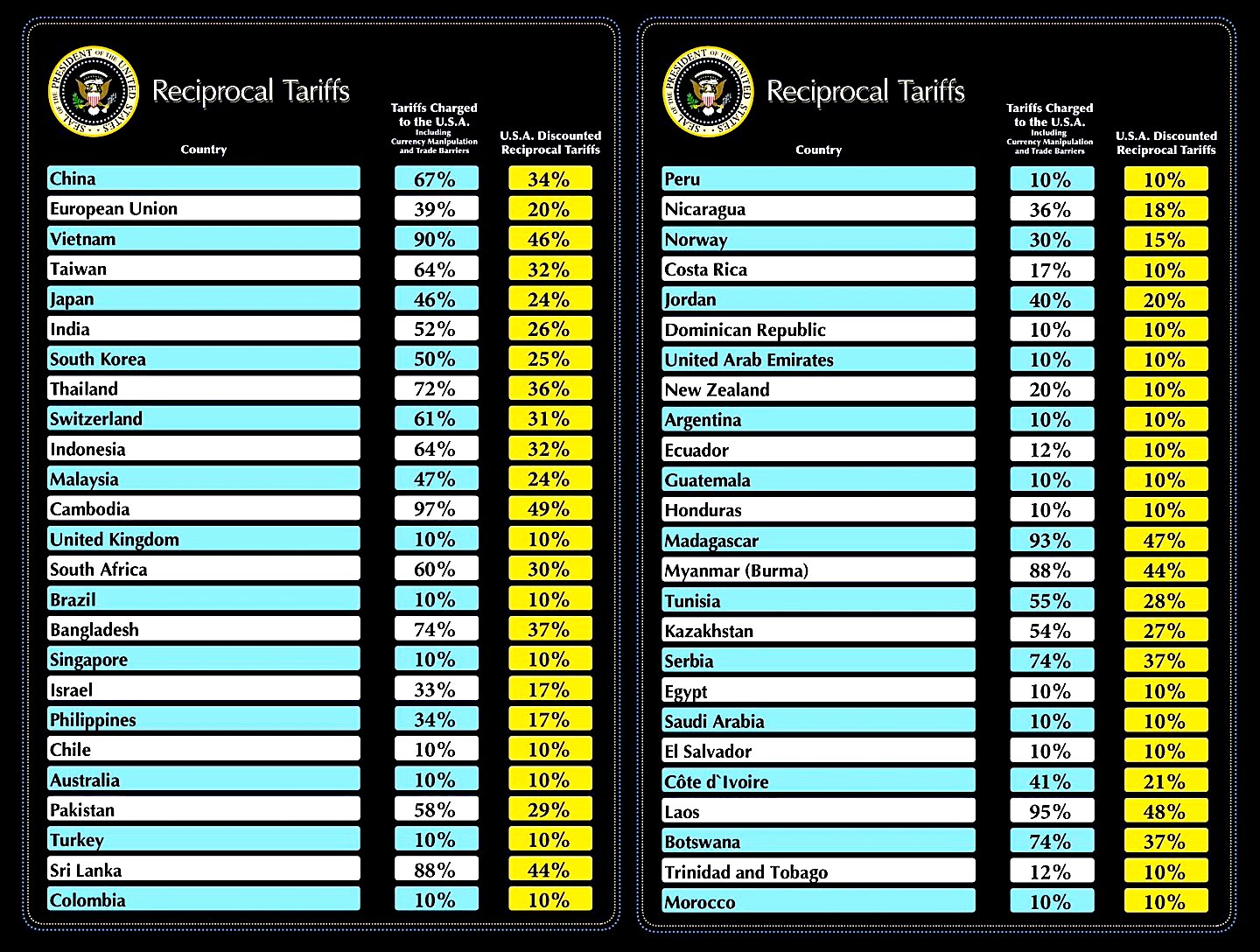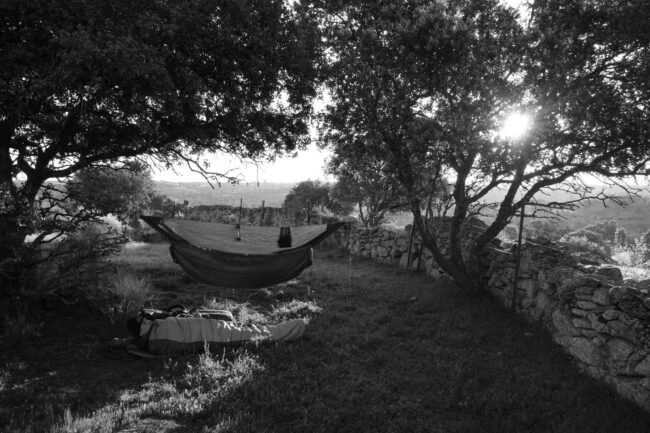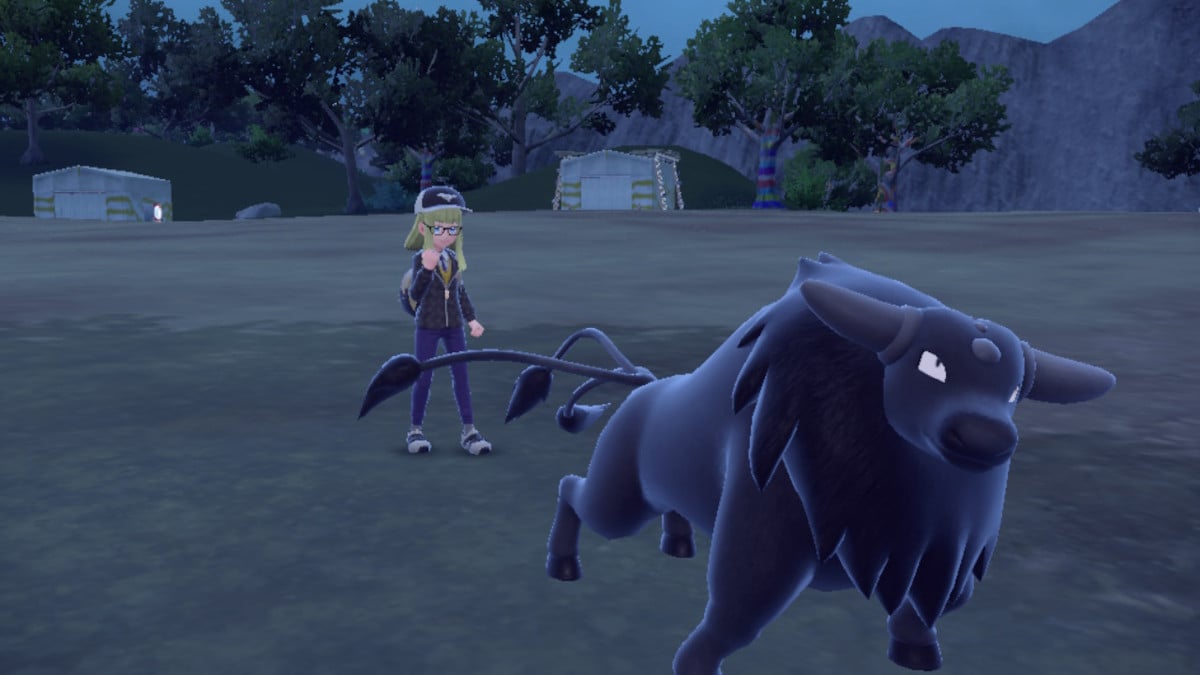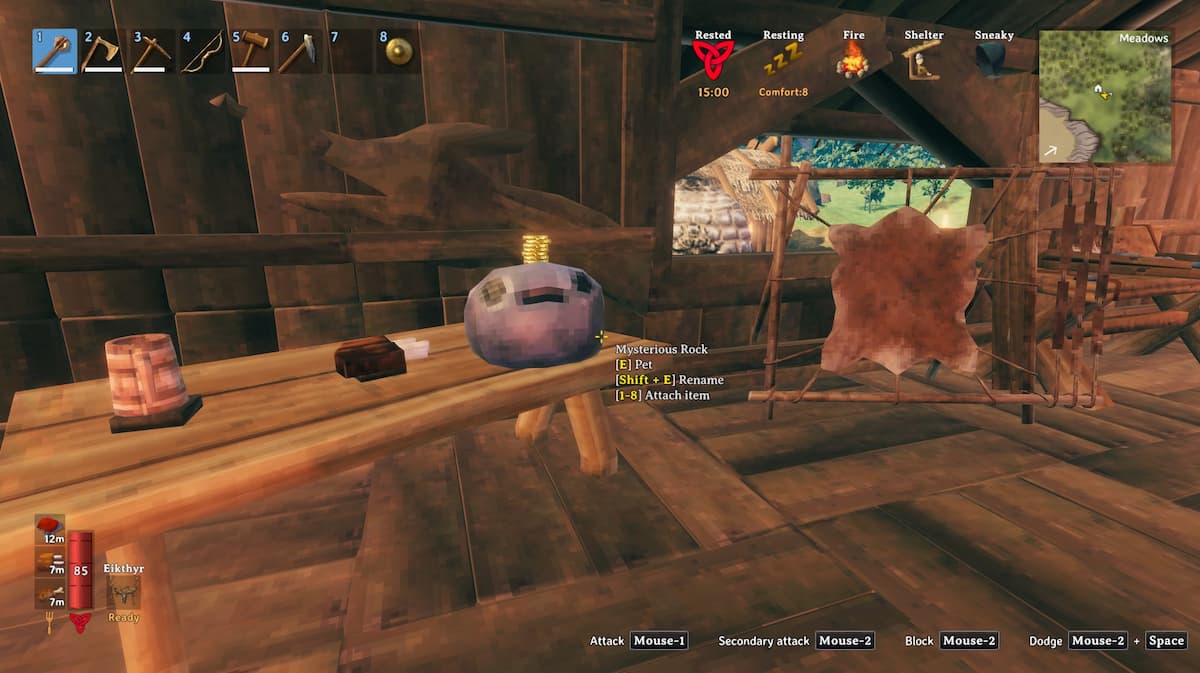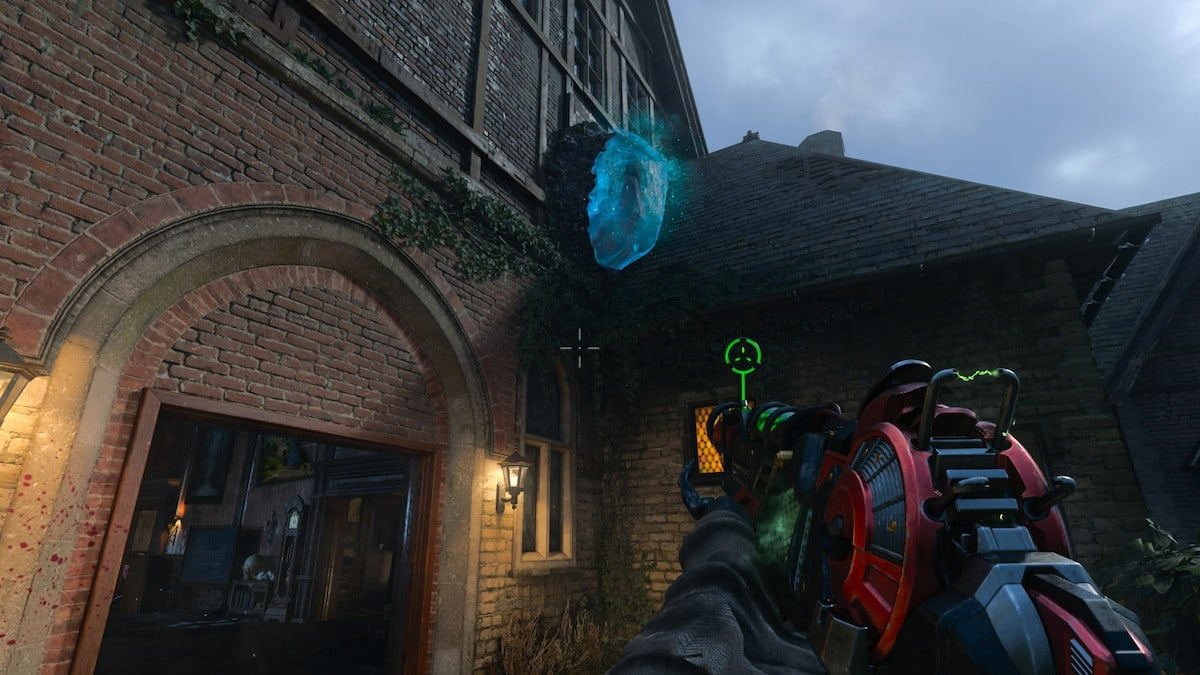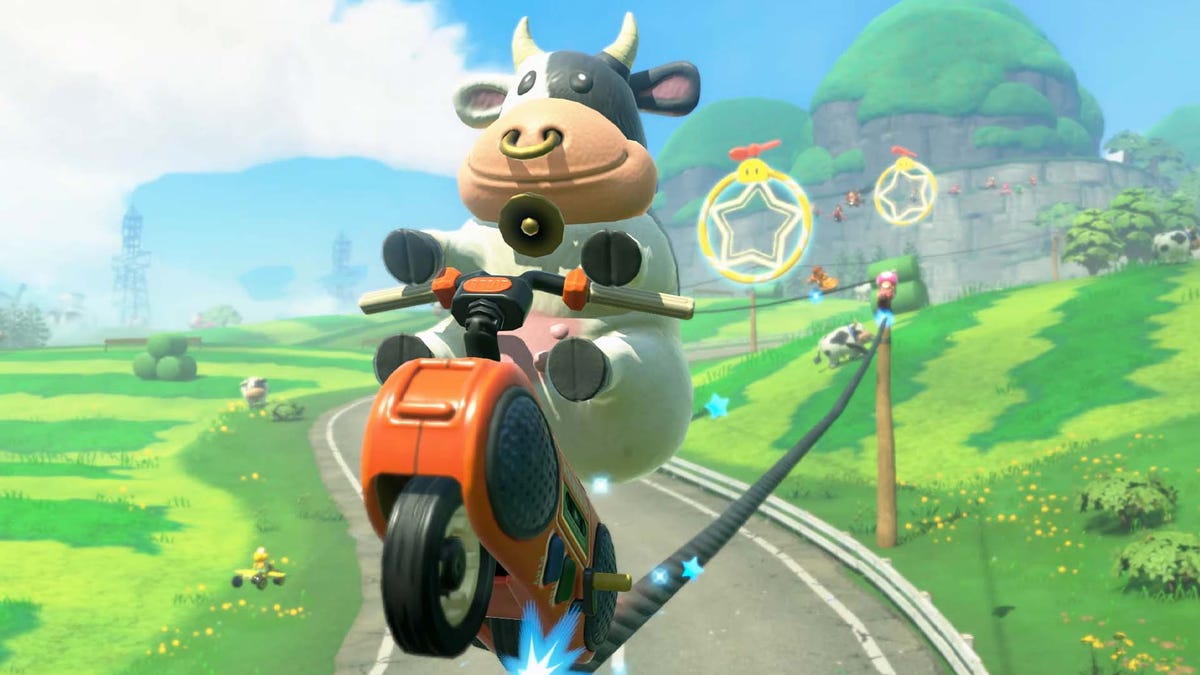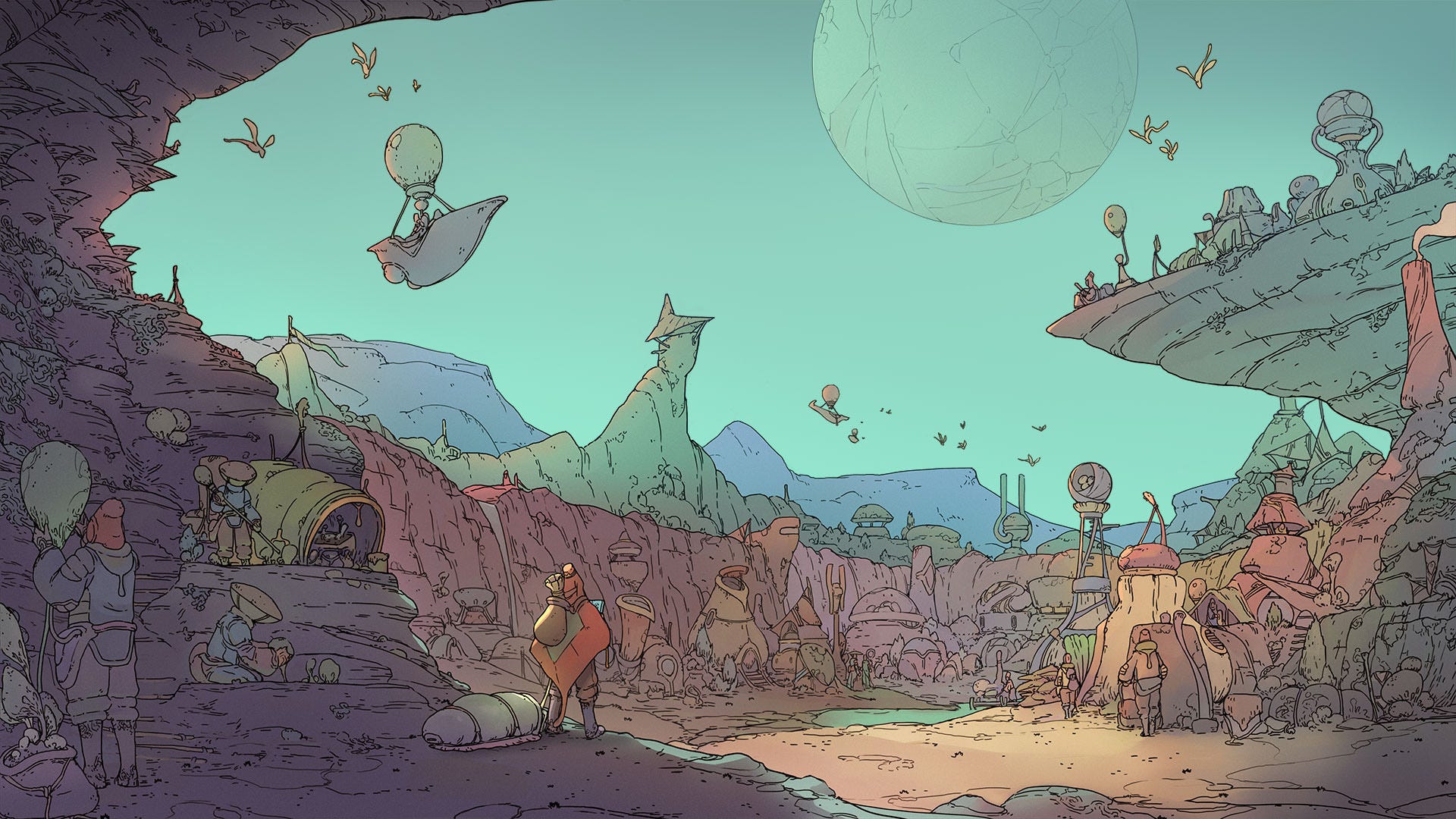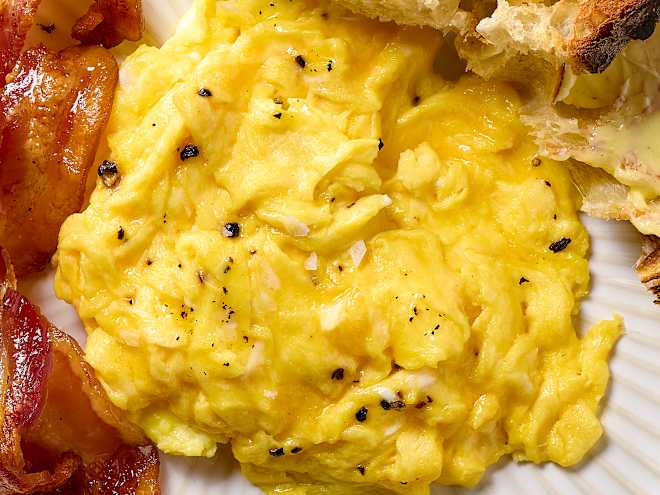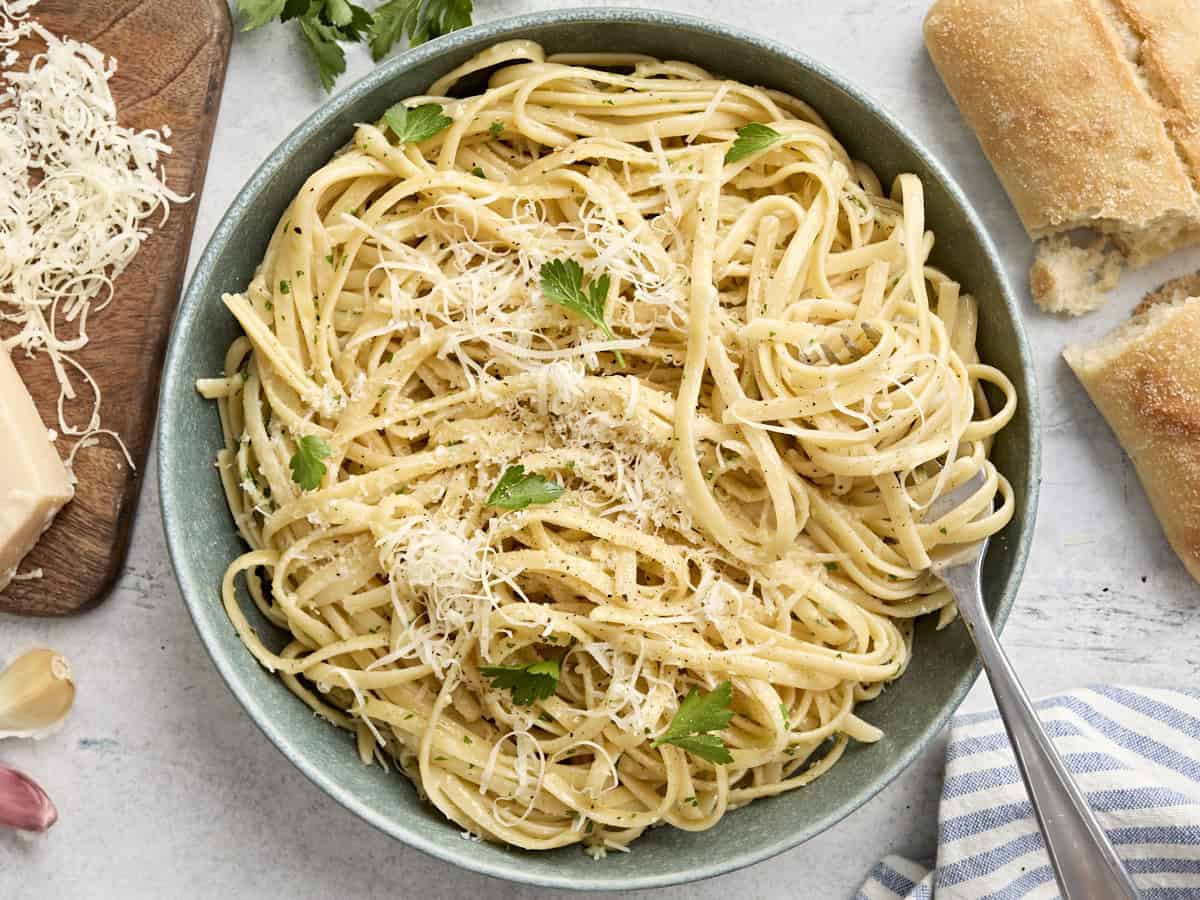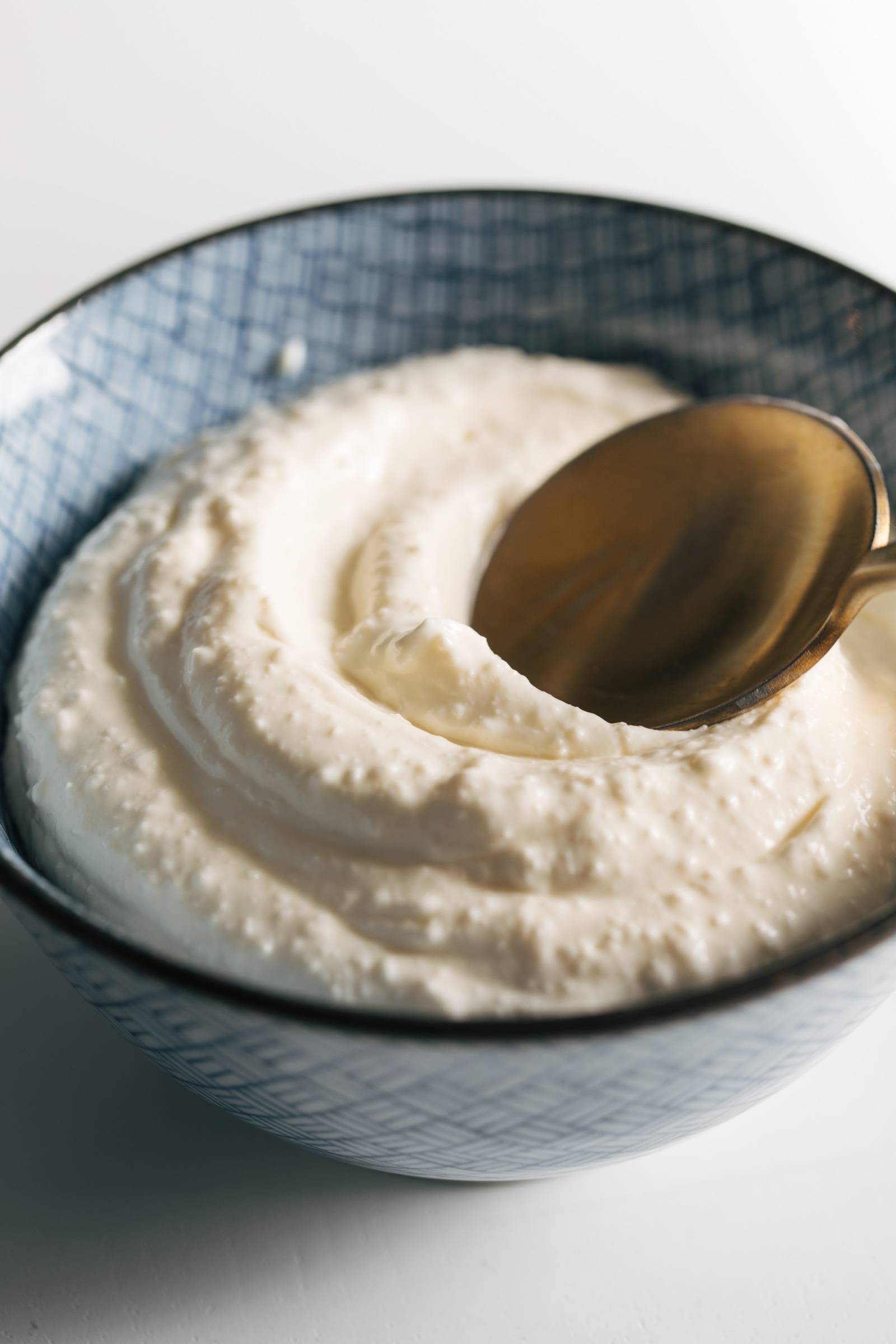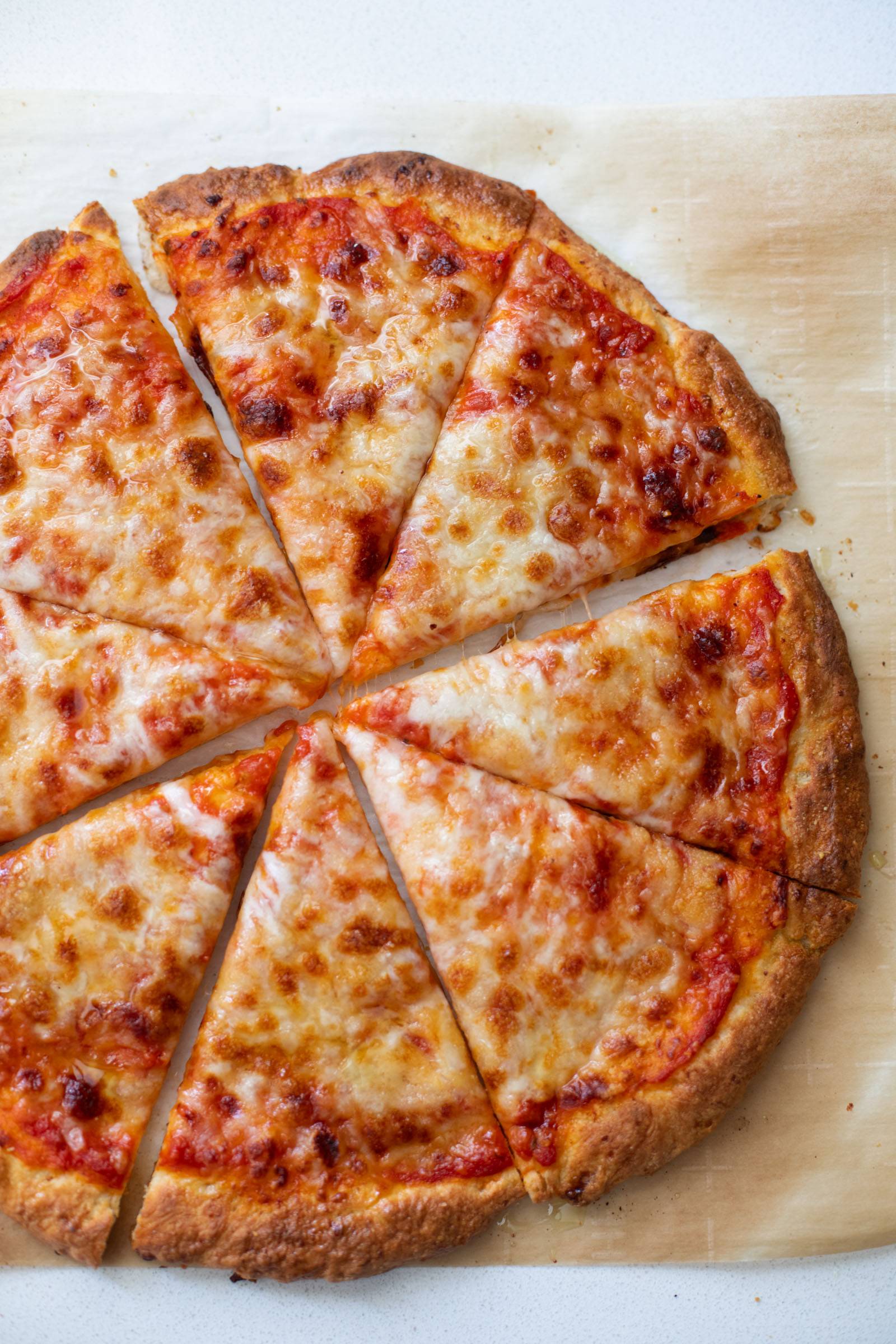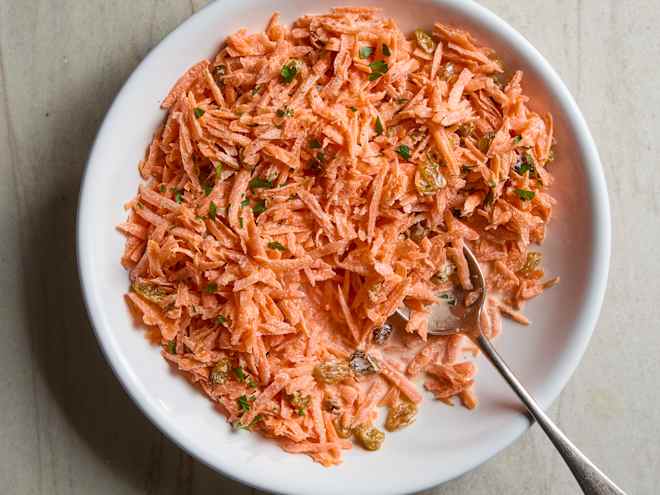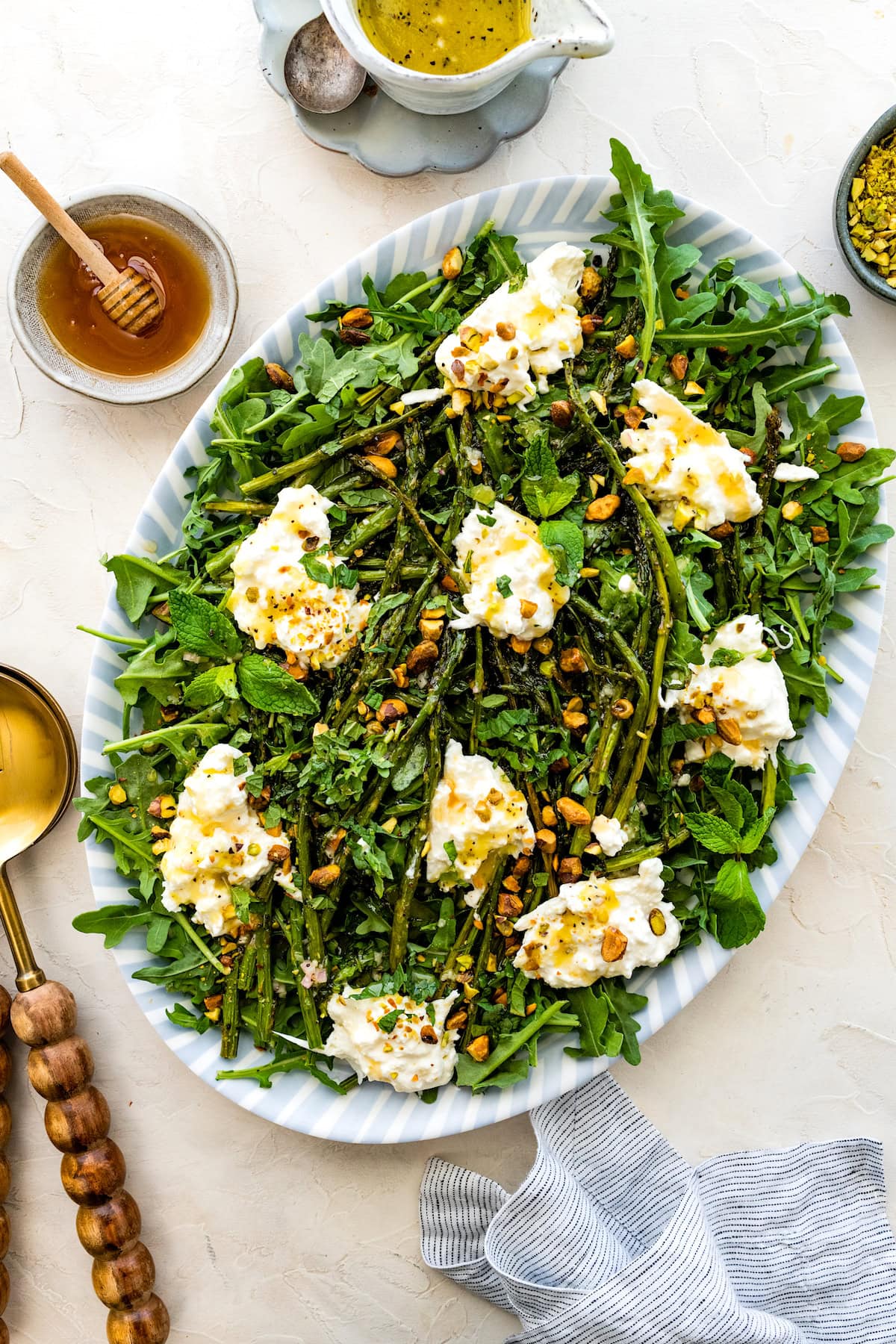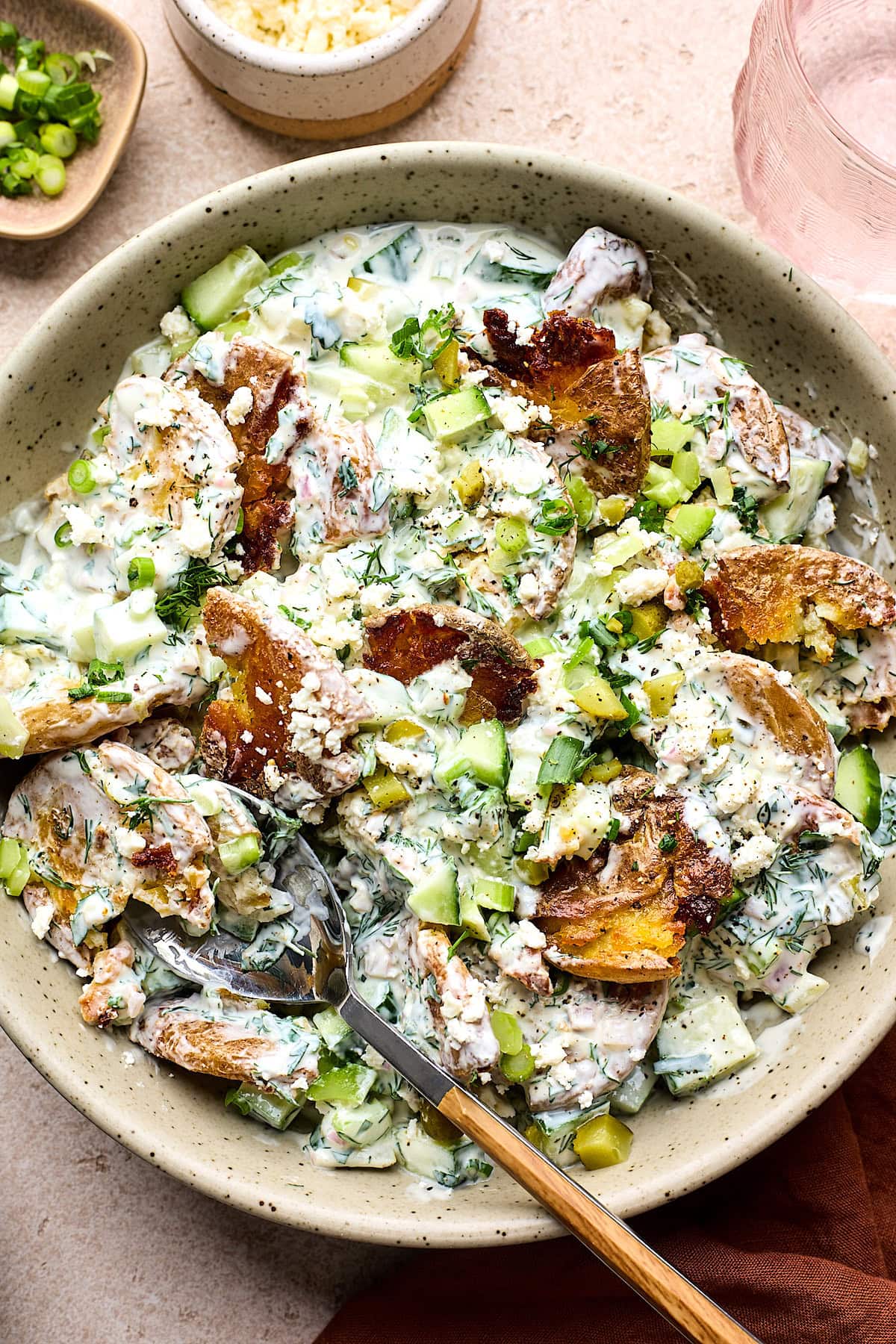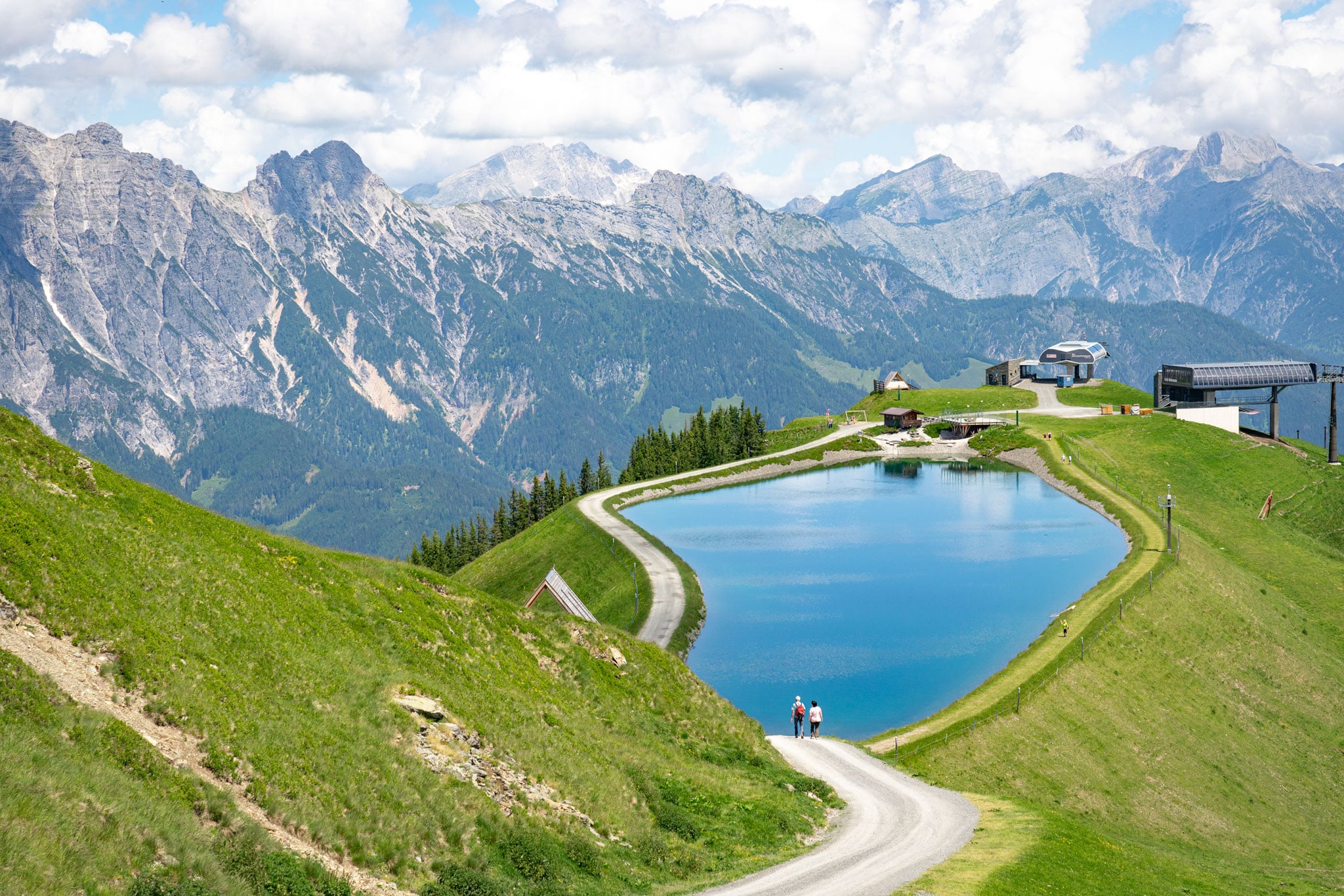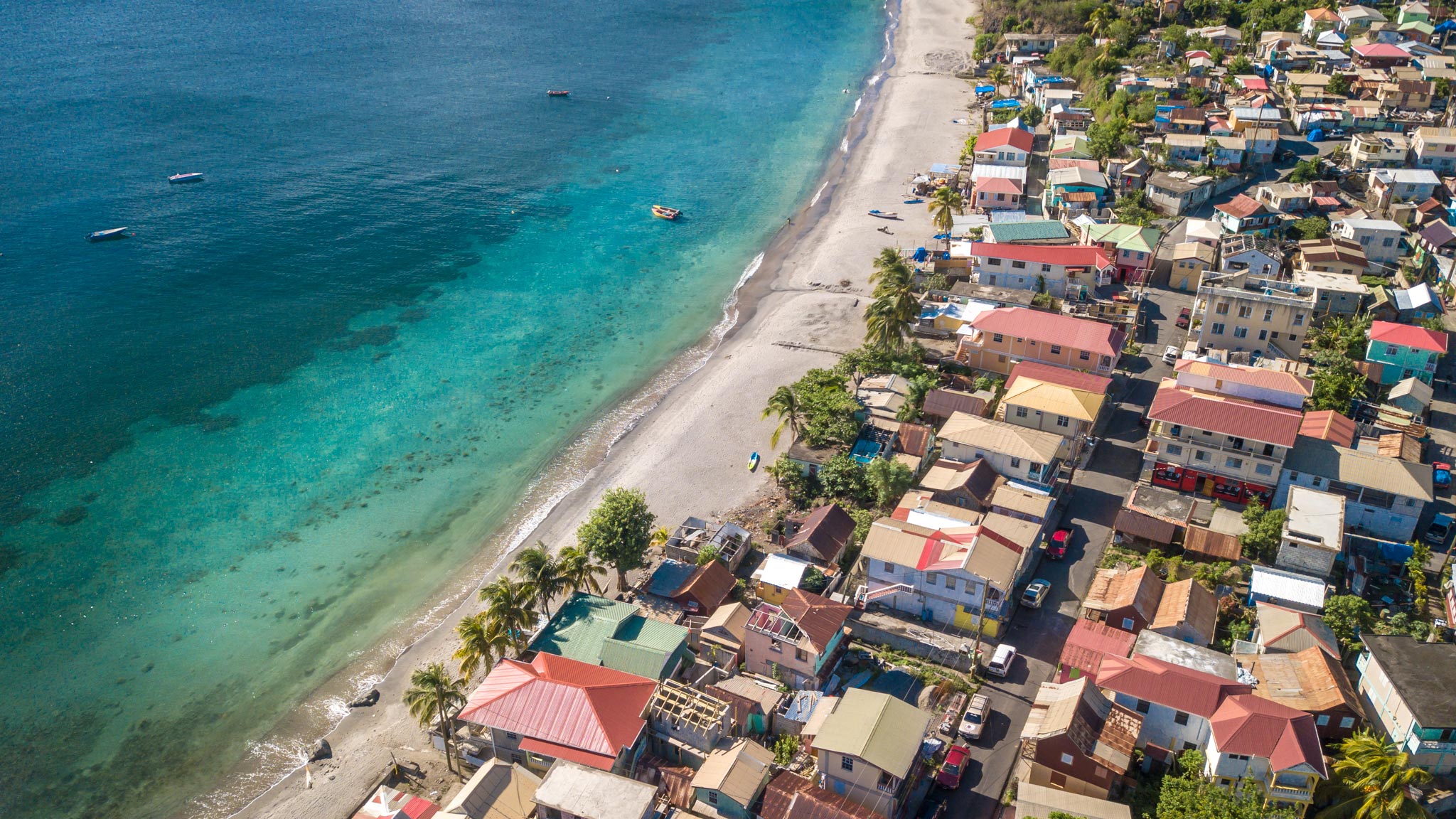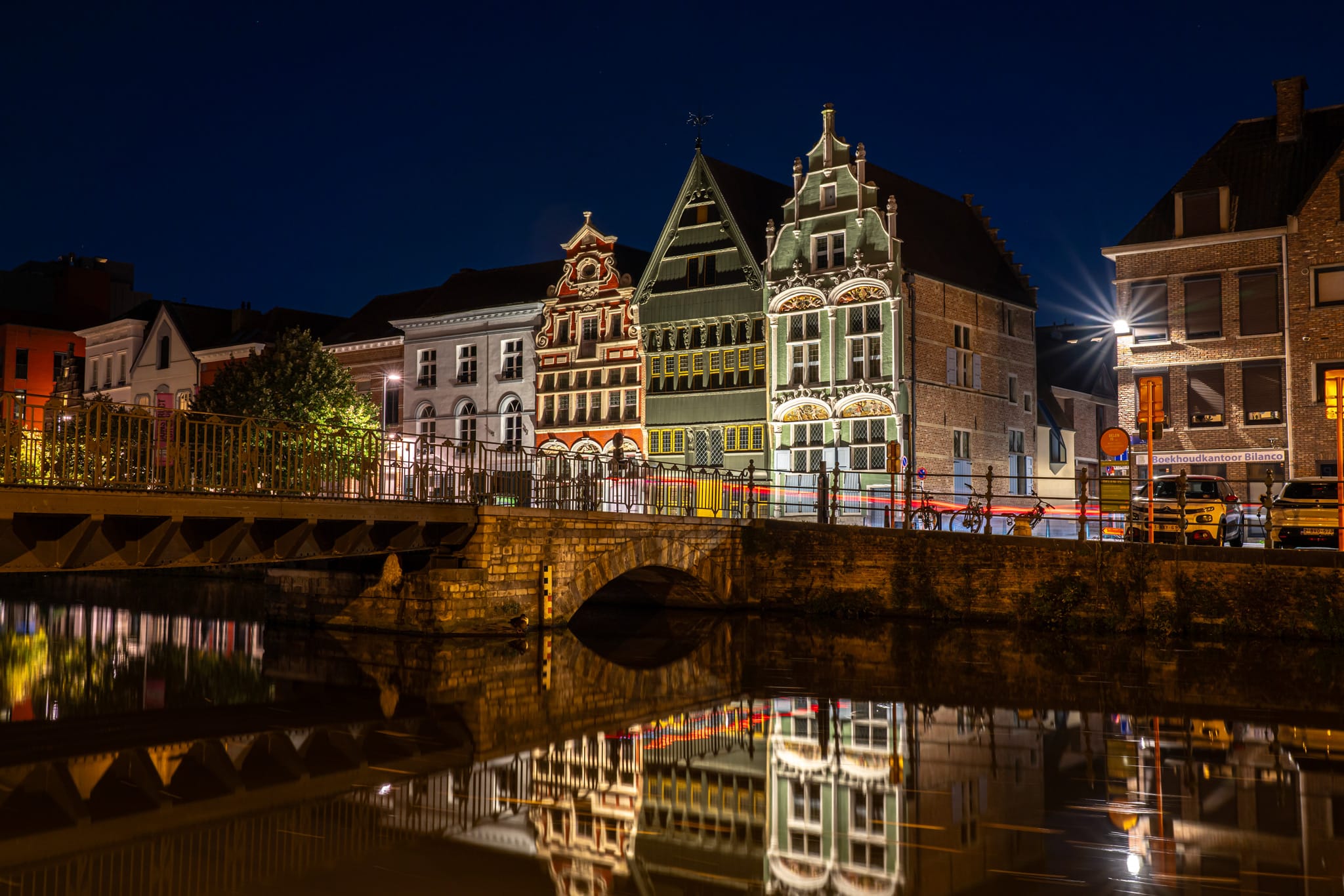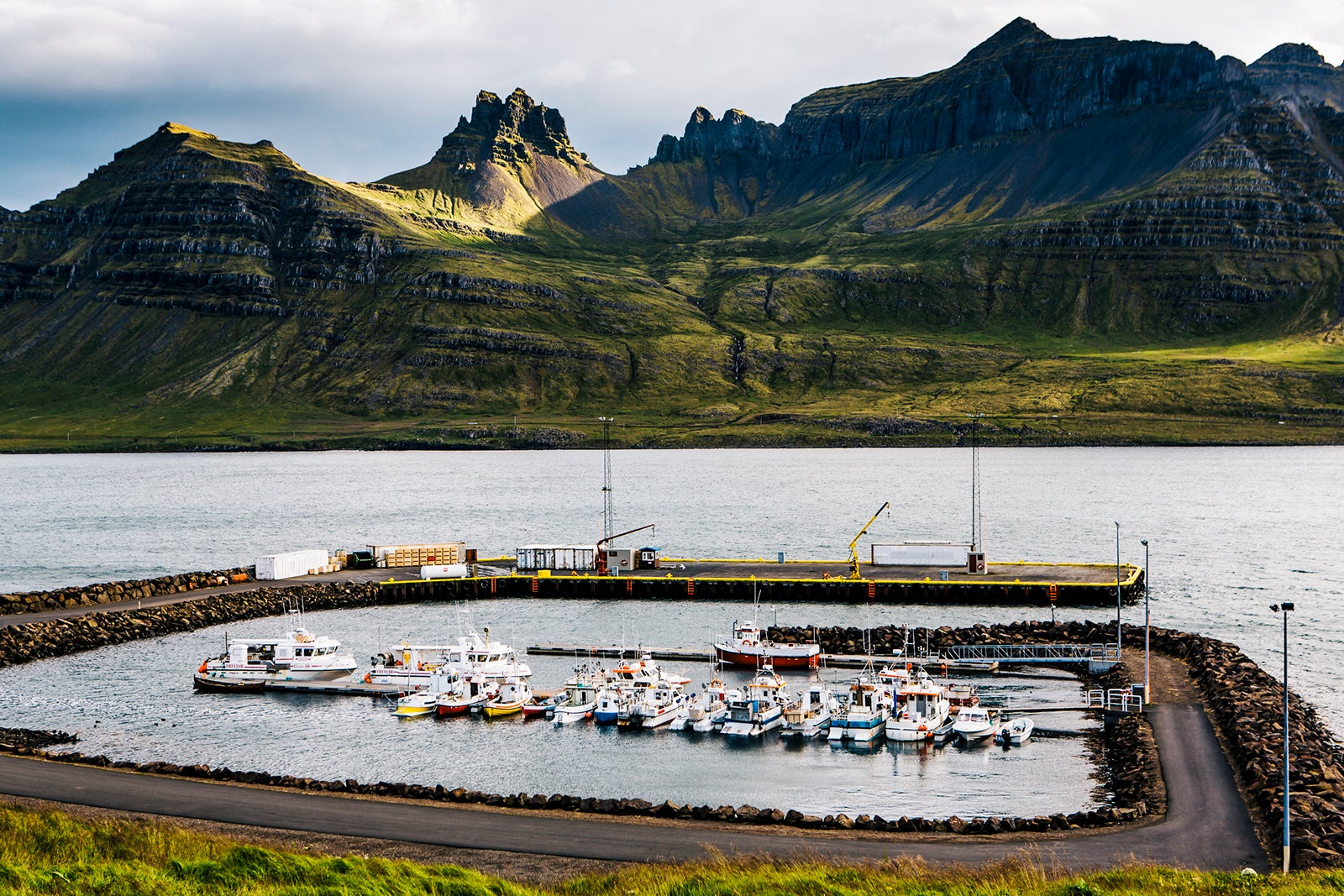From Hot Dogs to Oysters: How to Eat Like a Local in Santiago
Our in-the-know culinary travel guide to the best things to eat in Chile's capital—plus recipes for making many quintessential Chilean dishes at home.


Founded by conquistadors as a base from which to extend European rule but now one of the brightest hubs of proud South American culture, Santiago is a venerable city that has reinvented itself several times over. Nestled among beautiful but inhospitable mountains, it's a bustling urban oasis that has absorbed wave upon wave of immigrants from all over the world to create one of the most eclectic food scenes in the world.
A city of parks and libraries, Santiago is an easy place to get lost, whether wandering through colorful vegetable markets, past briny-smelling fish stalls, or alongside graffiti-covered walls of modern apartment buildings with first-floor cafés that spill out onto awning-shaded sidewalks. Bulbous colonial towers and sky-high palms loom over plazas packed with impromptu markets, the vendors laying out their wares of secondhand clothes and tin cookware on brightly colored blankets. And everywhere you go, people are happily munching on New York-inspired hot dogs or hearty empanadas, or lugging home boxes of freshly shucked oysters on beds of ice for a weekend family get-together.
So when it came for the second round of Serious Eats’ Global Eats—a series of insider guides to the food capitals of the world—Chile’s capital city was a no-brainer. And who better to guide us in our exploration of Santago’s streets and eats than Santiago’s own Isidora Díaz, a Serious Eats contributor and recipe developer, cookbook author, and the director of the Chilean food and wine magazine Revista Fondo. (You'll find the first Global Eats series here.)
The Skinny on Chile
Santiago can’t escape the geography of the country it officially leads. Chile is long and skinny, running nearly 2,700 from north to south along the Pacific coast of South America—almost the width of the continental U.S. or the distance from Denmark to Italy—yet averaging only 110 miles in width. It's hemmed in by the Andes to the east, the bone-dry and often exceedingly hot Atacama desert to the north, and a subpolar region in the south that sets Chile closer than any other nation to Antarctica.
“Chile, geographically, is very unique and very long, and usually people look at Chile on the map and don’t realize how truly long it is,” Díaz says. “The result of that is our food variety, which is why we have many different things to eat in many different places in Chile. So what you would eat in the north is very different from the things in the south.”
The capital city of Santiago, which sits midway from north to south, is where everything in the country flows to, at least food-wise, making for a “very rich and very vibrant food culture.”
That, of course, is layered on top of the fact that what is now Chile had diverse food cultures long before colonization—from the agriculture of the Incas in the north to the foraging traditions of the Mapuche farther south. After the arrival of the conquistadors, waves of immigrants from Spain, England, France, Germany, Italy, Croatia, Palestine, China, Korea, and Japan brought elements of their own culinary traditions to the country.
“If you go to Santiago to have tea, you get kuchen and strudel along with it,” Díaz says. “It’s common to find dolma and Middle Eastern sweets because we have one of the biggest Palestinian communities in the world. Lately, we have a lot of Peruvian immigrants, so Santiago is full of Nikkei restaurants that use Chilean seafood and fish to make Peruvian-Japanese dishes.”
A Food Day in the Life of a Santiago Local
In Santiago, a typical food day might start in the morning with a modest breakfast of bread, avocado, and coffee or tea. Lunch, the big meal of the day, is commonly a hearty stew of some sort, like a charquicán of beef, winter squash, corn, peas, diced carrots, and onions seasoned with paprika, cumin, and black pepper, then thickened with chunks of red potatoes until it’s the consistency of mashed potatoes. That usually comes with more bread with a little butter or hot sauce on the side. A less formal work lunch might be Chilean completos—two Chilean hot dogs smothered with fixings.
Following lunch is "once" (pronounced “ON-say,” as in the Spanish word for “eleven,” the original time to take it), related to the elevenses of various countries or English afternoon tea but now often taken between 6 p.m. and 9 p.m. Bread once again features here, along with a piece of ham, cheese, or avocado alongside cake, cookies, kuchen, or strudel. For many families, once takes the place of dinner.
When Santiaguinos have dinner, they have it late, usually between 8 p.m. and 10 p.m. “Americans coming here planning on making reservations for dinner at 6 p.m. need to know that’s not going to happen here,” Díaz says. “The earliest they’ll do to cater to tourists will be 7, 7:30, but then it’ll be no one else in the restaurant but you and other Americans, probably.” Dinner is lighter than lunch but heavier than breakfast or once. It might consist of a seafood or meat dish, soup, and, of course, bread, possibly followed by sweets.
Bread, as you’ve probably gathered, is a big part of Chilean cuisine, and is heavily influenced by the French. Two of the more popular types are pan francés, which is like a soft, small baguette, and hallulla, something like a small, dense brioche.
Another common misconception Americans have about Chilean food is that it’s spicy. “Chilean food is not spicy at all,” Díaz says. “Though you usually have a hot sauce or diced hot peppers on the side and can add that to your food.”
Restaurants
Fuente Antigua
Av. Alameda Libertador Bernardo O'Higgins 58, 8331084 Santiago, Región Metropolitana
Hot dogs have been an obsession in Santiago since the 1920s, when an enterprising Santiago chef came back from a trip to New York City and opened Chile’s first hot dog restaurant in Santiago’s main square called Quick Lunch Bahamondes. Díaz’s lifelong exemplar for classic Chilean completos comes from Fuenta Antigua, a large space that almost resembles a vaguely Bavarian-themed diner, with a wraparound wooden counter lined with barstools.
“I was going to Fuente Antigua in downtown Santiago with my dad a lot—there’s a classical concert musical venue nearby, and we’d go there after,” she says. “There’s a superweird German vibe, and the ladies are dressed in uniforms that almost seem clinical, with everything clean and stainless steel, almost like a cafeteria.”
The tradition at this decades-old institution is that all the cooks behind the counter are women, and they're stationed at huge griddles with all their ingredients lined up nearby and ready to go. You get in line behind the local workers and regulars and an increasing number of tourists who’ve been clued into the place, go up to the counter, order your food, and they griddle the meat in front of you, then load your sandwich or hot dog with heaps of typical Chilean toppings, such as avocado, sauerkraut, and mayonnaise.
“It’s in and out: You go, ask for your sandwich and a beer, and then quickly eat. It doesn’t even have tables—you can sit or stand at the counters against the cooking area or the walls,” Díaz says.
Though Chilean hot dogs were inspired by New York dogs, they have grown to enormous proportions compared to, say, a relatively anemic Nathan’s at the Coney Island boardwalk. First of all, the bread is sturdier and chewier than the easily soggified rolls Americans are used to. And the actual wiener has, in many ways, become besides the point.
“The sausage is not the most important thing in Chilean hot dogs,” Díaz says. “We love toppings and lots of them. The classic would have sauerkraut, tomatoes, mayonnaise, and sometimes what we call salsa Americana, which is ground-up pickles that are vinegary, not sweet like American relish. Other favorite toppings are mashed avocados—like one avocado per hot dog—and then mayonnaise, mustard, and hot sauce.
Fuenta Antigua’s matter-of-fact but over-the-top completos—”a truly Chilean experience”— are what Díaz had in mind when she developed her own completos recipe for Serious Eats. Her recipe includes instructions for making the sturdy, hoagie-like buns from scratch since a typical American hot dog bun can't hold up to the heft and moisture of a truly thick pasting of mayonnaise along with avocado mash, sauerkraut, and tomatoes.
Maestranza MUT
Av. Apoquindo 2730, las Condes
Charquicán is deeply tied to Chilean culinary identity and holds a special place in Díaz’s family memories.
“My grandma, when she was still alive, would invite us every Wednesday to have lunch, and one of her preparations was charquicán, a winter dish you can also eat in summer with tomatoes, when it’s called tomatican,” she says. “It’s a very homey dish, and everyone grew up eating this at least once a week in Chile because we have potatoes all along the country and the rest is adjustable to what you have on hand.”
A good charquicán is one that showcases the quality of its individual ingredients, all working together to create a new whole. Díaz likes the way the dish is prepared at Maestranza MUT, a relatively new, higher-end place that packs loads of enthusiastic fans into tablecloth-covered tables in a brightly lit dining room set within a Santiago food court.
The secret to the best versions of the dish, whether from a restaurant or homemade, like Díaz's own charquicán recipe, is the sofrito, the aromatic vegetable base that’s the foundation of many dishes across the Latin world. “A good sofrito is the soul of charquicán,” she says. Hers includes onions, bell peppers, carrots, ají de color or sweet paprika, cumin, and oregano.
Besides the sofrito, this thick stew also needs the right potatoes, which shouldn’t be surprising considering the root vegetable originated in the Andean mountains. “A good charquicán shows all the flavors of the potatoes and veggies and sofrito, all well-integrated,” she says. “You have a bite and it tastes like charquicán and not like potatoes that you’ve added the seasoning and beans to later. Because everything has different cooking times, you have to layer the ingredients into the pot so that everything has cooked just enough for you to mash them, with the beans still a little al dente so you get those colors.”
Ostras Chiloé
Del Monje 10530, 7700336 Lo Barnechea, Región Metropolitana
Ostras Bilbao
Avenida Francisco Bilbao 2946, Av. Las Condes 7164, 7500000 Santiago, Región Metropolitana
Seafood is a big part of eating in Chile, and for special occasions or weekly family get-togethers, it’s common to order raw oysters from places like Ostras Bilbao or Ostras Chiloé, seafood stores where the staff members shuck the shellfish for you, put them on ice in a big box, and then either deliver them to your home or pack it up for you to take out. “This is a very common thing in Chile, just ordering oysters on a weekend or for a celebration or a party—like for my birthday, when I order 200 oysters,” Díaz says.
You call the seafood store the day before, putting in an order for at least 50, and then pay in cash when you pick them up or they’re delivered. The bigger Chilean oysters are called ostra caponese, which are less delicious. The small oysters, vittoria, are the ones you want, especially if they’re from Chiloé Island to the south. 
“The oysters in Chile are super briny and tasty, and we eat a lot of them,” she says. “You serve them with lemons and a nice sauvignon blanc, and it’s an experience people can do when they rent an Airbnb or stay at a hotel”—just bring the oysters back to wherever you're staying and go to town.
La Calma by Fredes
Av. Nueva Costanera 3832, local 2, 7630357 Vitacura, Región Metropolitana
For a fancier Chilean seafood experience that you don't take home with you, Díaz recommends La Calma, which is renowned for its generous seafood platter of oysters, sea urchins, scallops, clams, razor clams, sea snails, sea squirts, and sashimi. The star here is the sea urchin, especially the ones from the north, according to Díaz.
“This has a relatively small tongue, very creamy with a bit of resistance, but a flavor that’s super intense,” she says. “It has a lot of iodine, and you don’t have to eat a lot of it to feel it—it’s more intense and tasty than a lot of other uni.” The sea urchin is served raw and straight from the shell, and Chileans often mix it with a salsa of diced white onions, cilantro, lemon juice, and hot sauce, mixing it with the flesh and eating it with bread.
La Calma is a modern, white-tablecloth place with nearly floor-to-ceiling windows looking out onto the street all the way around the front and side—this is the place to go to impress a potential business partner or future spouse (or their parents).
Los Ciervos
Av. Tobalaba 2113, 7500000 Providencia, Región Metropolitana
In Chile, empanadas—those half-moons of chewy dough filled with a juicy, stew-like filling of diced beef or other ingredients—can serve as a big once or a whole lunch. The best beef empanadas, of course, are the ones your mother or grandmother makes at home, but Díaz says that the ones at Los Ciervos are pretty much as close as you can get to homemade. 
“The filling contains paprika, cumin, and black pepper and is a good balance of the three seasonings with a light hand on the cumin,” she says. “The dough is fatty like the ones that my mother and grandmother made.” That dough, in fact, is close to the one Díaz recreates in her recipe for pequenes, a vegetarian version of empanadas based around an onion instead of a beef filling.
Los Ciervos is a venerable takeaway place, like an American deli with bakery ovens in it, and it’s the kind of spot where you can do your shopping for cold cuts, pickles, fresh bread, or even oysters, ordering empanadas to eat on a bench at the park nearby. Its clientele is a combination of older locals who’ve been coming regularly for decades and young, food-loving hipsters.
“The filling in their empanadas is juicy, fresh, and very close to homemade,” she says. “It’s very homey, with a dough that’s thick enough to hold the juicy filling but still thin enough to be crunchy on the sides when it’s baked—it’s an art.”
Chillin' in Chile
Santiago has the kind of eclectic food culture that you could spend days sinking into, and whether you end up prioritizing mayo-topped completos, oysters and sea urchins, a hearty charquicán mash, or empanadas like grandma made, you ought to find plenty to tickle your palate and fill your belly in Chile’s central city.






































